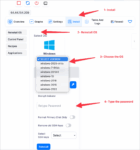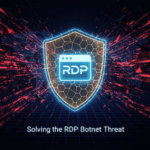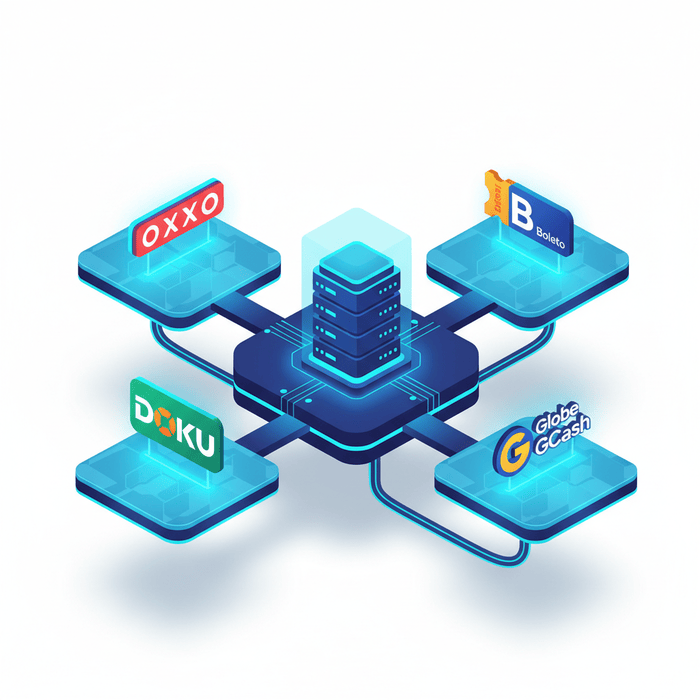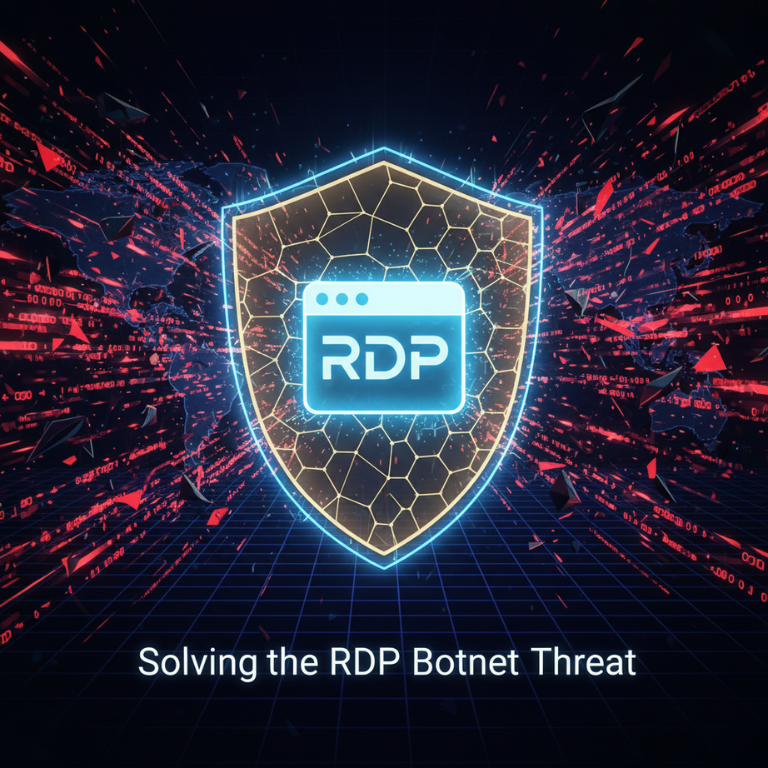When it comes to choosing a hypervisor for VPS hosting, two of the biggest players are VMware’s ESXi and KVM (Kernel-based Virtual Machine). Both are enterprise-grade solutions with excellent reputations, so how do you decide which one is the better fit for your needs?
In this informal article, we’ll compare and contrast ESXi and KVM across several key factors like ease of use, performance, scalability, security, and cost. By the end, you’ll have a clear understanding of when to choose ESXi vs KVM for VPS hosting. Let’s dive in!
What is ESXi?
ESXi is VMware’s bare-metal hypervisor that installs directly onto server hardware for virtualization. It has a simple UI for managing VMs and delivers excellent performance and scalability. ESXi is a stable, mature product used widely in corporate data centers.
What is KVM?
KVM (for Kernel-based Virtual Machine) is an open-source hypervisor built into Linux. It lets you turn Linux into a hypervisor by loading modules into the kernel. KVM is lightweight, flexible, and offers good integration with OpenStack. It powers many VPS and cloud hosting providers.
Key differences between ESXi and KVM
- ESXi is proprietary, KVM is open source
- ESXi has more complex management, KVM uses simple Linux tools
- ESXi offers more enterprise-level capabilities
- KVM runs on top of a Linux OS, ESXi runs bare-metal
Now let’s explore how they compare across some key criteria:
Comparing ESXi and KVM
Ease of use
ESXi has a straightforward UI but requires more training to master fully. There are wizards to guide you through installation and VM creation. But overall, it has a steeper learning curve.
KVM is controlled through familiar Linux command line tools and libvirt APIs. No specialized training needed – any Linux admin can get started quickly. KVM wins for simplicity and ease of use.
Performance
ESXi offers excellent performance thanks to its bare-metal architecture, VMware vSphere support, and advanced memory management. It’s highly optimized for virtualization workloads.
KVM performance is good but can vary based on the underlying Linux OS. Fine-tuning is needed to maximize performance. ESXi generally has higher throughput.
Scalability
ESXi scales very well to large deployments with features like vMotion live migration and high VM density. Large vendors routinely run 1000s of VMs on ESXi.
KVM also scales well since it runs on Linux, but large scale-out requires a third party ecosystem like OpenStack. KVM itself has no built-in orchestration for huge multi-host environments.
ESXi wins on pure scalability muscle.
Security
ESXi offers granular role-based access control, VM encryption, secure boot, and vSphere security profiles. VMware has a strong security focus.
As an open source hypervisor, KVM’s security depends on the underlying Linux distribution. But AppArmor and SELinux integration help lock down access.
ESXi takes the edge with more built-in security features.
Cost
ESXi requires paid licensing based on sockets and CPUs. Advanced features mean more cost. Free ESXi lacks remote management capabilities.
KVM is 100% free open source software with no licensing costs. Just pay for Linux OS support. The TCO is lower compared to commercial hypervisors.
KVM is the clear winner if you’re looking to minimize virtualization costs.
Which one is better for VPS hosting?
So when should you choose one over the other for your VPS hosting environment? Here are some guidelines:
When to choose ESXi:
- You need advanced features like live VM migration or VMware integration
- Your hosts have high core/memory counts needing maximum utilization
- You want strong security built into the hypervisor
- Your team has VMware expertise or can get trained
When to choose KVM:
- You want simple, no-cost open source virtualization
- Your hosts have limited hardware specs
- Your team lacks VMware skills but knows Linux well
- You don’t need advanced features or scalability initially
- You want to customize or tweak the hypervisor
Both are great technologies for VPS hosting. ESXi brings more robust enterprise capabilities while KVM offers open source freedom and simplicity. Evaluate your specific needs to decide which solution fits best.
Conclusion
To wrap up, both ESXi and KVM have their merits as VPS hosting hypervisors. Your specific needs will determine which solution fits best. If you’re looking for enterprise-grade capabilities, performance, and security, lean towards VMware’s ESXi. For open source flexibility at lower cost, KVM is hard to beat.
The good news is you don’t have to pick just one! Providers like aminserve.com offer customers the choice of KVM-based or ESXi-based VPS plans. This gives you the flexibility to match the right hypervisor to each of your workloads. You can spin up fast and optimized KVM VPS instances for lighter projects, then leverage powerful ESXi VPS offerings for mission-critical applications.
So why not get the best of both worlds? Check out the range of customizable KVM and ESXi VPS options at aminserve.com. Aminserve experienced support team can guide you through choosing the ideal virtualization for your specific needs. With excellence in both KVM and ESXi, you can host on the hypervisor you want, when you want it.
Summary of main points:
- ESXi offers mature virtualization with optimization for performance
- KVM provides lightweight open source virtualization leveraging Linux
- ESXi has more security and scalability capabilities built-in
- KVM is easier to use and more cost-effective
- ESXi is better for large scale or advanced feature needs
- KVM fits if you want open source control and simplicity
Final recommendations:
- Analyze your specific virtualization requirements
- Match hypervisor strengths to your current and future needs
- ESXi if you need enterprise capabilities now or later
- KVM for open source flexibility and low overhead
- Test each option thoroughly with your workloads
- Leverage available skills and experience on your team
Pick the right hypervisor for your needs and you can deliver excellent VPS hosting services!
FAQs
FAQ 1: Is KVM truly free to use?
Yes, KVM is 100% free open source software. You don’t need to buy any licensing or subscriptions to use it. The only cost is supporting the underlying Linux OS like RHEL or Ubuntu.
FAQ 2: Can I convert VMs between ESXi and KVM?
Unfortunately, you cannot directly convert VMs between the hypervisors since they use different formats. You would need to migrate or recreate them.
FAQ 3: Which hypervisor is easier for beginners?
KVM generally has a lower learning curve for beginners since it leverages simple Linux tools. ESXi has a more complex UI and features.
FAQ 4: Is KVM scalable enough for large VPS deployments?
Yes, KVM can readily scale to large multi-host deployments of 1000s of VMs by integrating with orchestration platforms like OpenStack.
FAQ 5: Does ESXi have better performance than KVM?
In most cases, ESXi shows faster throughput and response times than KVM. But KVM optimization can help close the gap significantly.









